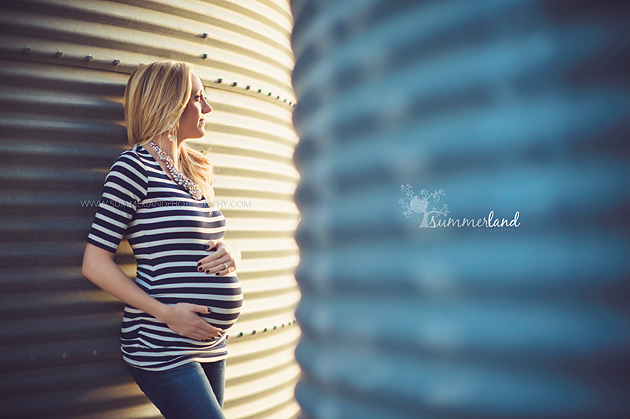
31 Jul Helpful Tips & Advice from Competition Judge Sandy Summers Russell!
NAPCP’s latest round of their international image competition is now accepting entries. Are you excited? Or maybe you’re not sure what to enter or even if you should. I’ll be perfectly honest; I used to have a love-hate relationship with contests. Over the years I have entered and also judged many competitions. While I’ve done well as a participant, I’ve certainly not placed in them all. So why do I keep entering? What does a winning image need to rise to the top?
First, put yourself in the judge’s shoes. Remember, they’ll be looking at thousands of images – one right after the other. Is it early or late in their day when they get to your image? Have they seen the same pose and set up 400 times? Perhaps the judge likes really clean black and white images best, or maybe they’re a sucker for vibrant color or beautiful backlighting. Maybe they can’t stand those things and think it’s all way over done. The truth is you just don’t know what a judge will really like and art is subjective. We’re all going to like different things. So how do you pick a winning image to enter?
Well, I don’t have a magic bullet for you, but I will share a bit of advice I received early in my career from one of my mentors National Geographic photographer Joel Sartore. I learned many things from him, but there’s one thing I think about nearly every day. Joel said there are three things needed to make an exceptional image: lighting, composition, and emotion. You can have a nice image with just one or two of those, but to make it truly exceptional you need all three.
So let’s talk about that. First up is lighting. Lighting has many aspects to it, but at its heart it’s technical. Is your image technically perfect? Have you exposed for lighting conditions accurately and with a purpose? If you’ve over or underexposed the image is there a good reason for it? There better be, because if an image is not technically perfect, you’re starting off at a competitive disadvantage. Has lighting enhanced the image? Is there something about the light that creates enchantment or wonder? Does it shape the subject’s face or convey a certain mood? Exceptional lighting can create magic in the mundane.
Next up is composition. You all, I hope, have heard about the rule of thirds and leading lines. If you haven’t you’d better Google them now. Essentially, they deal with the placement of your subject and what elements you use to focus the viewer’s attention where you want it. Additionally, an image is most successful when you give the eye a journey. What does this mean? Well, when you place your subject exactly in the middle of your frame the eye has no other place to go, no other reason to look at what else is in the picture. There is no journey and only a destination and so you have told an incomplete story. Sure rules can be broken, but once again, you better have a good reason for it.
Finally, and I think most importantly, we have emotion. Emotion deals with both responsive and captured feelings. How does an image make you feel when you look at it: happy, sad, in awe? What about the emotion from your subject? Are they just looking straight at the camera with no feeling, or can you see a twinkle in their eye? What does their body language say? Do they look uncomfortable? Are they holding their head at a strange angle? Are their hands and shoulders relaxed or clenched and tight? Have you captured peak action with the body language or an honest laugh, smile, or touch? These real moments are often much more powerful than a contrived one no matter how perfectly you pose them.
So this is quite the laundry list to cover when choosing images for the competition. Go through your work with an objective eye and see what fits the criteria best. Seek another perspective while you’re at it. Sometimes as the artist it’s hard to separate yourself from the image because you know the back-story of what it took to create the picture. Or perhaps it’s of your own kids, and your love for them overshadows any flaws the image might have. I’m sure you’ve all had a client pick out an image from the session that you considered culling, yet they adore it because it captured a nuance of their child you might not comprehend. Even though it’s not perfect they love it. Well, remember, a judge doesn’t know the back-story, so they can only judge an image on its merits.
Finally, why bother going through all this work to enter? What do you gain from it? Let’s admit that one of the biggest motivations is accreditation from a prestigious organization. Being able to put award winning NAPCP photographer on your resume goes along way with increasing your credibility with perspective clients. I’m not going to lie; winning NAPCP Photographer of the Year was one of the biggest highlights of my career. Seeing your image up on the Times Square Billboard is absolutely surreal, and this year’s winning prize package is incredible. But these are just perks, and it’s not even the main reason to enter.
The real reason is this competition gives you the unique opportunity to grow as a photographer. Every one of your images is seen and evaluated by four very experienced photographers from a variety of backgrounds. Their perspectives can give you insight into where you need to improve as an artist. We all are learning on the job. Even after twenty years I still pick up new stuff all the time. But sometimes in our quest for perfection we’re too close, and we can’t see the forest through the trees. The competition point system, and especially the optional critique, can highlight areas of needed improvement that you might not have been able to see on your own. Sure, you may not always agree with what is said, especially at first, but constructive critique can still open your eyes to aspects of your work you might not have considered. You can then take that feedback and make it your own by spinning it towards your individual style.
Yes, art is subjective and every single one of us will interpret it differently. But skill is a learned experience, and we all have room for improvement. So show me what you’ve got, and I’ll do my best to help you on your journey towards excellence. And who knows, maybe it’ll be your picture up on the Times Square billboard next year.
Please visit our website to find out more about entering the International Image Competition (submissions accepted through August 14, 2014). In addition, our prestigious Photographer of the Year prize package will be awarded to one winner at the end of BOTH competitions (July 2014 and January 2015).











1 Comment